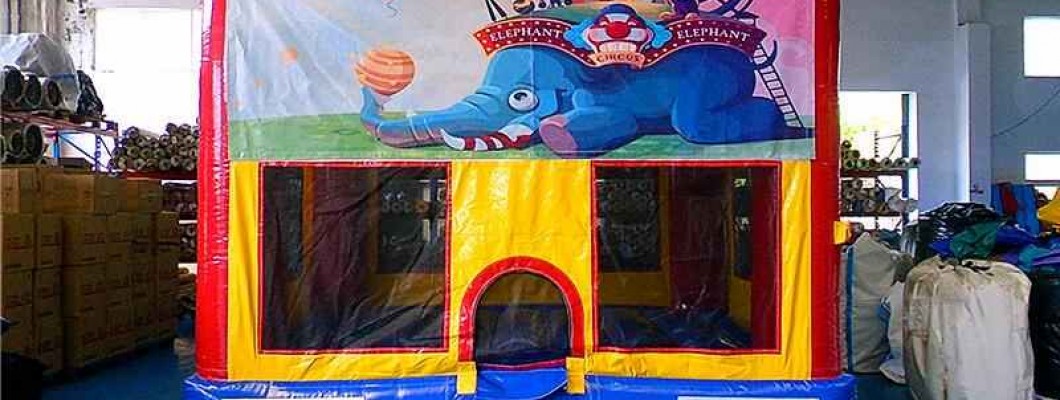
Bounce houses are a popular choice for children’s entertainment, but they are just one of many options available. Comparing bounce houses to other forms of entertainment can help parents and event planners choose the best activity for their needs. Here’s how bounce houses stack up against other popular forms of entertainment for kids:
1. Bounce Houses vs. Amusement Parks
Amusement parks offer a wide range of attractions, from roller coasters to water rides. While they provide diverse experiences, they often involve higher costs, long lines, and travel. Bounce houses, on the other hand, offer a more affordable and accessible option for local events. They can be set up quickly and provide hours of fun without the hassle of park logistics.
2. Bounce Houses vs. Indoor Playgrounds
Indoor playgrounds feature climbing structures, ball pits, and interactive games. They are great for year-round play, especially during inclement weather. Bounce houses offer a different kind of fun with their inflatable surfaces, which provide a unique bouncing experience. Both options encourage physical activity and social interaction, but bounce houses often stand out for their novelty and space requirements.
3. Bounce Houses vs. Video Games
Video games offer engaging digital experiences and can be educational or entertaining. However, they lack the physical activity and social interaction provided by bounce houses. Bounce houses encourage active play and physical exercise, which is important for children's health. While video games can be a fun indoor activity, bounce houses offer a more dynamic and physically engaging option.
4. Bounce Houses vs. Craft Stations
Craft stations provide creative outlets for children to make art and crafts. While they stimulate creativity and fine motor skills, they don't offer the same level of physical activity as bounce houses. Bounce houses focus on physical play, which helps with coordination and fitness, making them a complementary option to craft activities for a balanced entertainment experience.
5. Bounce Houses vs. Sports Activities
Sports activities like soccer, basketball, and swimming offer structured physical exercise and team-building opportunities. Bounce houses provide more unstructured play that allows kids to bounce and jump freely. While sports are great for developing skills and fitness, bounce houses offer a fun and safe environment for casual play and can be a good supplement to organized sports.
6. Bounce Houses vs. Educational Programs
Educational programs, such as science workshops or language classes, focus on learning and cognitive development. While these programs are valuable for intellectual growth, bounce houses offer a break from structured learning and provide physical exercise. They are particularly effective in promoting physical well-being and social skills through play.
7. Bounce Houses vs. Entertainment Shows
Entertainment shows, such as puppet shows or magic performances, provide engaging and often educational content. However, they are usually short-lived and don't offer the physical activity that bounce houses do. Bounce houses provide extended playtime and physical engagement, making them ideal for active play during events.
8. Bounce Houses vs. Outdoor Adventures
Outdoor adventures like hiking, camping, or visiting parks offer natural exploration and physical activity. Bounce houses provide a controlled environment for physical play, which can be advantageous in settings where outdoor options are limited. They are particularly useful for events where outdoor space or weather conditions might be a concern.
Conclusion
Bounce houses offer a unique form of entertainment that emphasizes physical activity, fun, and social interaction. While they may not replace other forms of entertainment, they complement them by providing a different kind of experience. By considering the benefits and limitations of bounce houses in comparison to other activities, parents and event planners can create a well-rounded entertainment plan for kids.

Leave a Comment